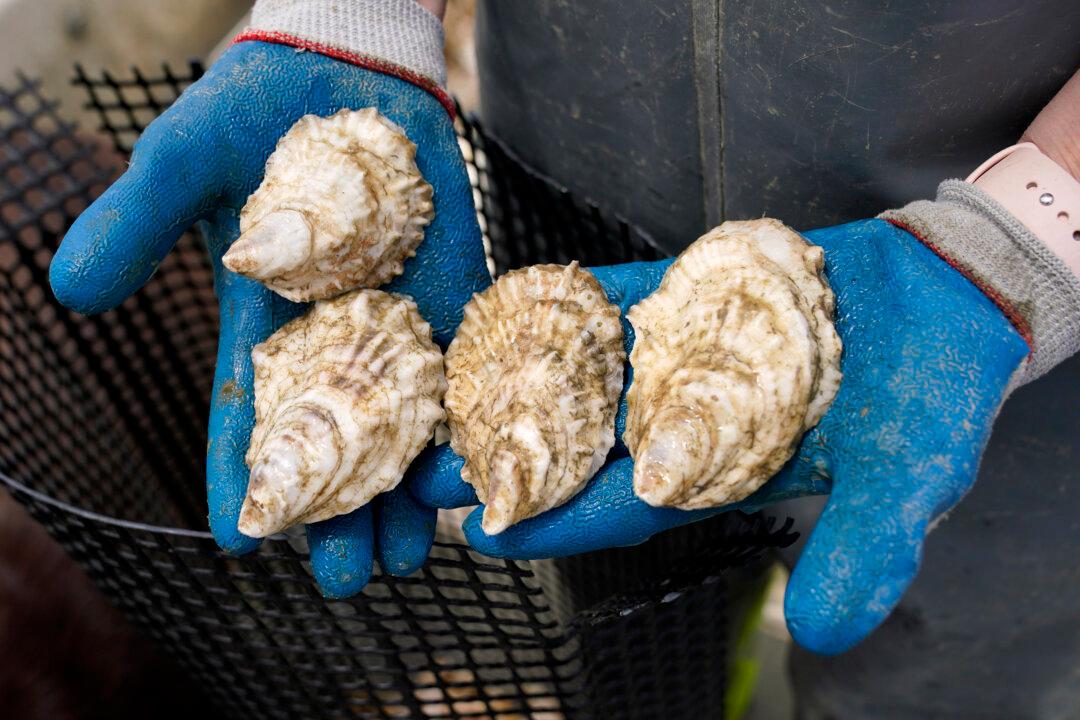Oyster farmers in Prince Edward Island are facing uncertain times as three more areas of the island have tested positive for the presence of a deadly parasite that could threaten the industry.
P.E.I.’s oyster farming industry has been placed under restrictions to curb the spread of multinuclear sphere X, or MSX, a disease first detected in oyster samples earlier this month that increases mortality and stunts growth in the mollusks.





